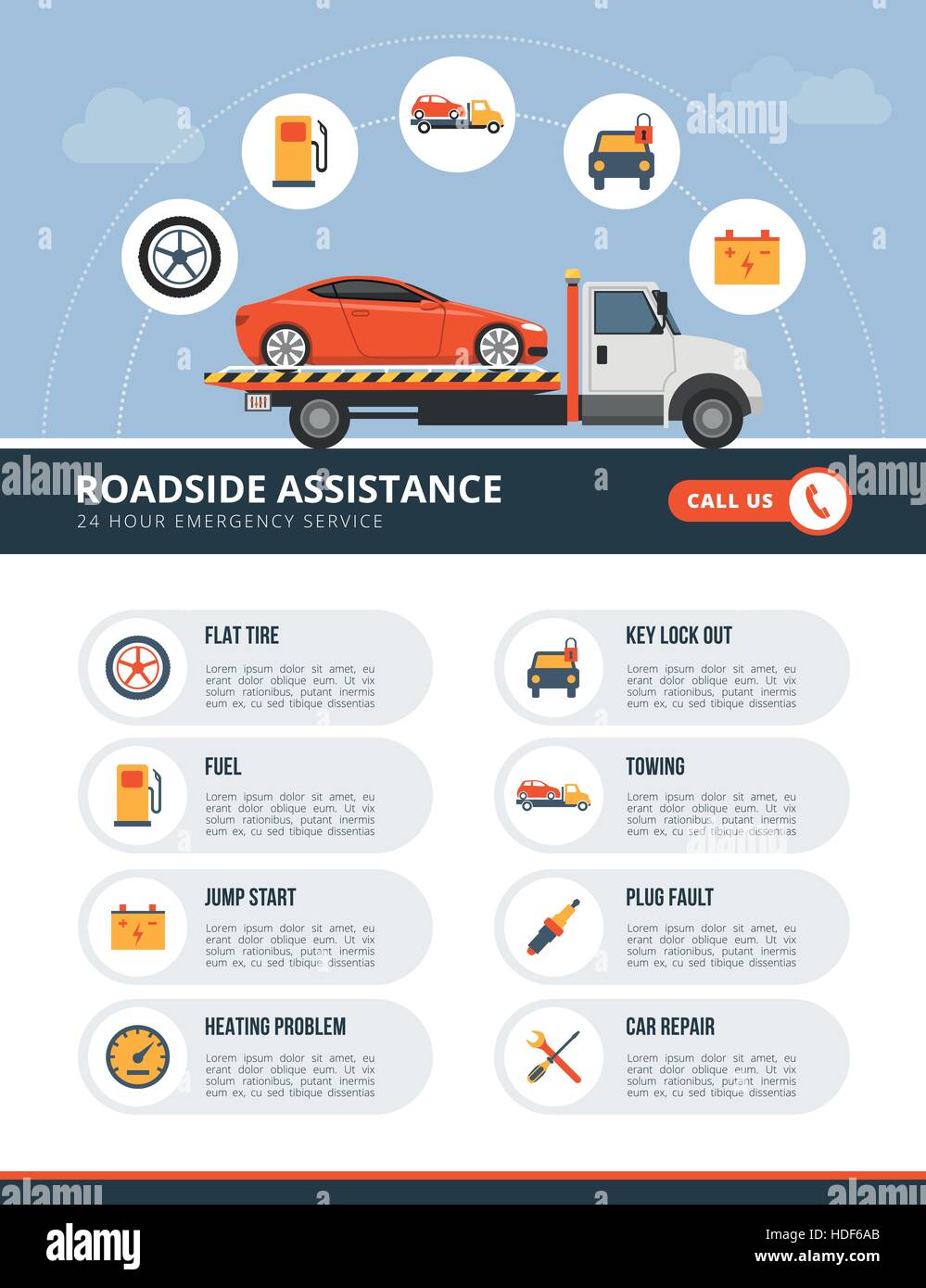Recognizing Your Automobile'S Warning Lights: What Do They Actually Mean?
Recognizing Your Automobile'S Warning Lights: What Do They Actually Mean?
Blog Article
brake light repair near me -Cheng Conradsen
When you're behind the wheel, those beautiful caution lights on your control panel can be a bit perplexing. Do you understand what they're trying to inform you about your automobile's wellness? Recognizing the relevance of these lights is vital for your safety and the longevity of your automobile. So, the next time one of those lights pops up, would not you want to analyze its message accurately and take the essential steps to resolve it?
Common Caution Lights and Interpretations
Determine typical caution lights in your cars and truck and comprehend their significances to ensure safe driving.
One of the most regular caution lights include the check engine light, which signifies issues with the engine or discharges system. If this light begins, it's critical to have your vehicle examined promptly.
The oil pressure alerting light suggests reduced oil stress, needing immediate focus to avoid engine damage.
A flashing battery light may recommend a faulty billing system, potentially leaving you stranded if not resolved.
The tire pressure surveillance system (TPMS) light alerts you to low tire stress, impacting lorry stability and gas performance. Overlooking read this article could cause unsafe driving problems.
The abdominal muscle light indicates a problem with the anti-lock stopping system, compromising your capacity to quit quickly in emergencies.
Last but not least, the coolant temperature level cautioning light warns of engine overheating, which can cause severe damage otherwise fixed promptly.
Recognizing these common warning lights will certainly assist you attend to issues immediately and maintain risk-free driving conditions.
Importance of Prompt Attention
Recognizing the common warning lights in your cars and truck is only the primary step; the significance of immediately attending to these warnings can't be highlighted sufficient to ensure your security when driving.
When a warning light illuminates on your control panel, it's your cars and truck's method of connecting a potential concern that requires attention. Disregarding these cautions can bring about extra extreme problems later on, endangering your safety and security and possibly costing you more out of commission.
Motivate focus to cautioning lights can avoid break downs and mishaps. For instance, a blinking check engine light might indicate a misfire that, if left ignored, could create damages to the catalytic converter. Addressing this immediately can conserve you from a costly repair service.
Likewise, a brake system cautioning light could signal reduced brake fluid or used brake pads, crucial elements for your safety when driving.
DIY Troubleshooting Tips
If you notice a caution light on your dashboard, there are a couple of DIY troubleshooting pointers you can attempt before looking for specialist aid.
The primary step is to consult your car's guidebook to comprehend what the specific caution light suggests. In some cases the problem can be as simple as a loose gas cap triggering the check engine light. Tightening the gas cap may deal with the problem.
One more typical issue is a low battery, which can cause different warning lights. Inspecting the battery connections for rust and guaranteeing they're safe could repair the trouble.
If a warning light lingers, you can attempt resetting it by detaching the automobile's battery for a couple of minutes and after that reconnecting it. Additionally, examining your automobile's liquid degrees, such as oil, coolant, and brake fluid, can help troubleshoot warning lights associated with these systems.
Verdict
Finally, understanding your auto's warning lights is important for keeping your vehicle running efficiently and safely. By promptly addressing these informs and recognizing what they indicate, you can avoid costly repairs and possible breakdowns.
Keep in mind to consult your cars and truck's handbook for specific information on each cautioning light and act appropriately to make sure a trouble-free driving experience.
Stay notified, stay risk-free when driving!
